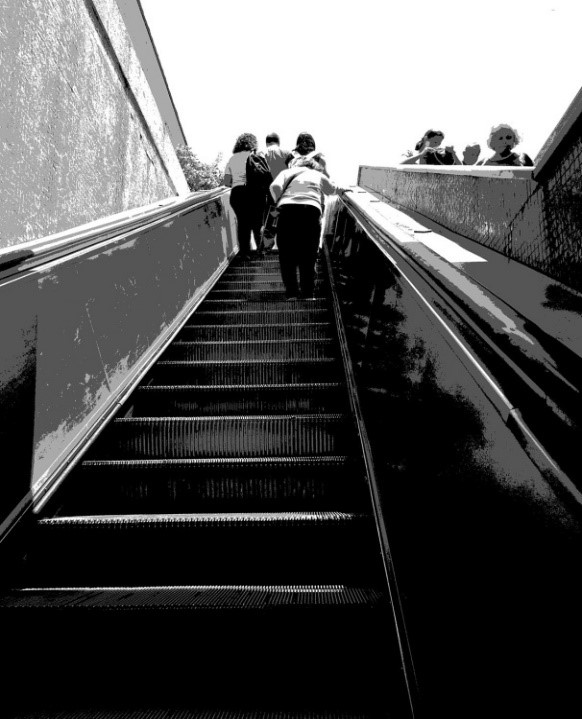The Flânerie as a Practice of Urban Intervention
DOI:
https://doi.org/10.24168/revistaprumo.v6i09.1692Abstract
The human being is a being that moves with or without intention or objective. He wanders or wanders discovering and exploring the lived space, appropriating it through walking for the enjoyment and pleasure of feeling and experiencing the space. In this article, the author experiences this space in the current configuration of Catete Street, in the neighborhood of the same name in Rio de Janeiro. A transactional relationship that offers the possibility of broadening the understanding of this object of study. The objective of this work is to analyze the evolution of the urban space and also of the individuals (flâneurs) that inhabit and perceive the city. Through field immersion using the flânerie method, inspired by the concept created by Walter Benjamin from texts by Charles Baudelaire, a textual cartography is created as an interpretive tool. This method enables the perception of space focused on details that materialize in time, revealing other “territories”, in addition to those demarcated by history.
Keywords: Catete Street; Flânerie; Flâneur; Urban intervention.







